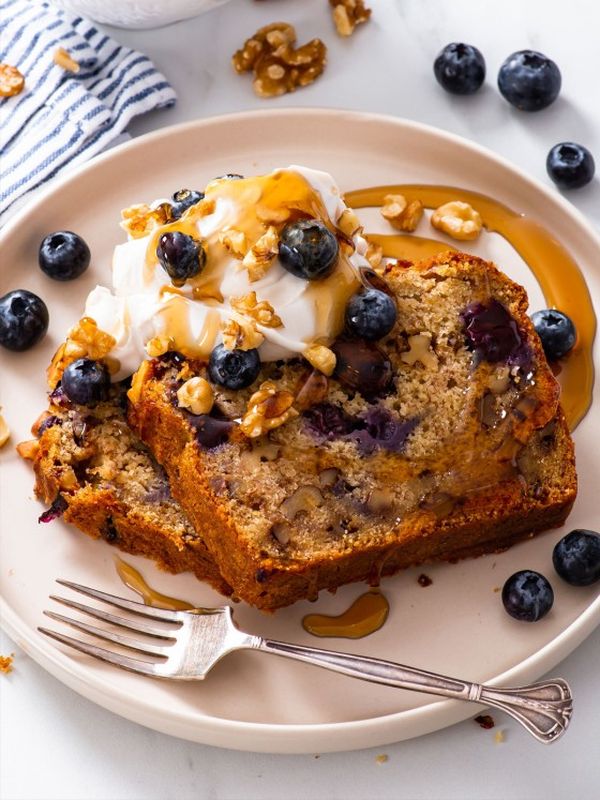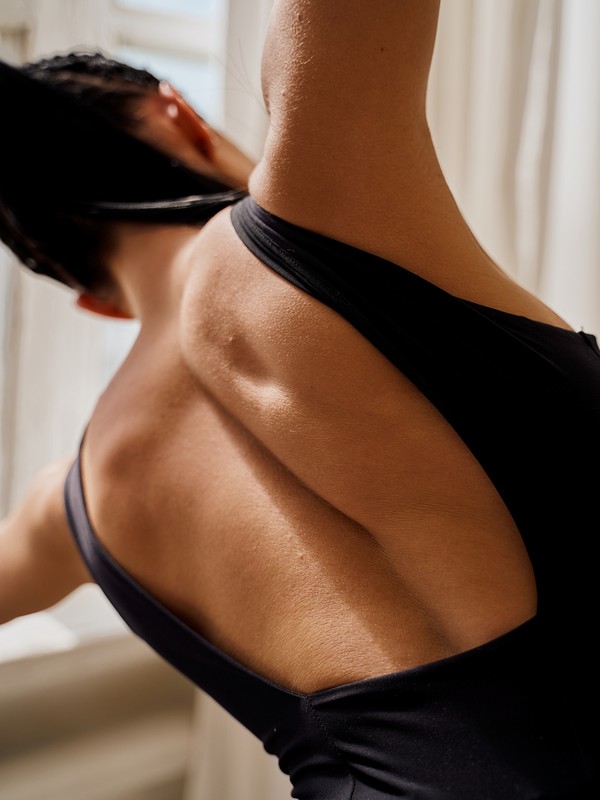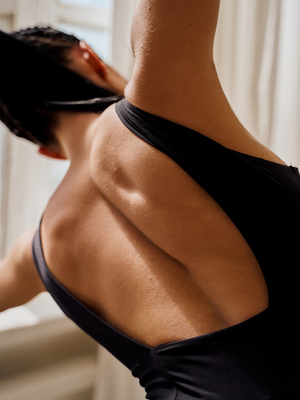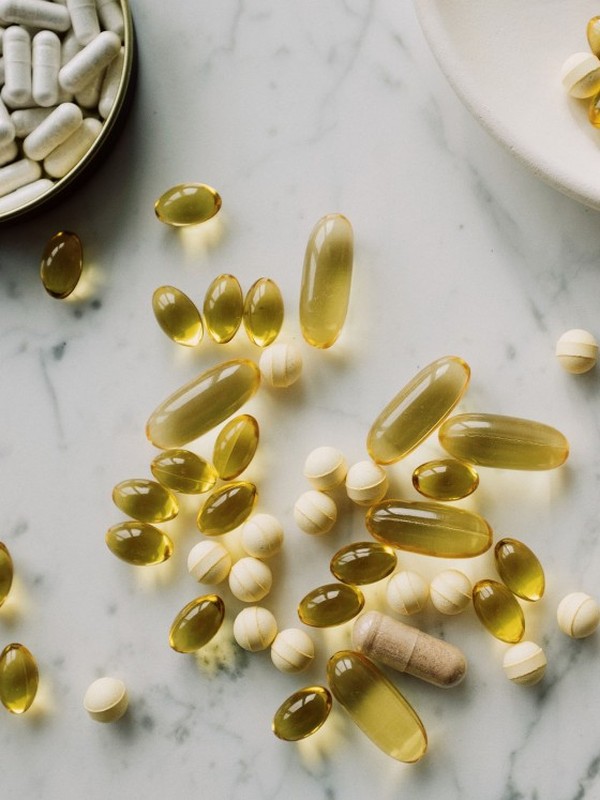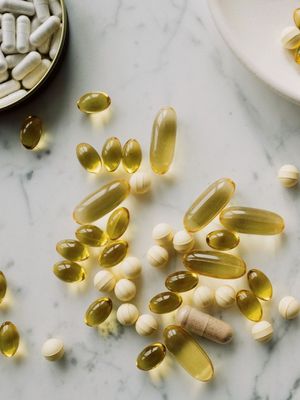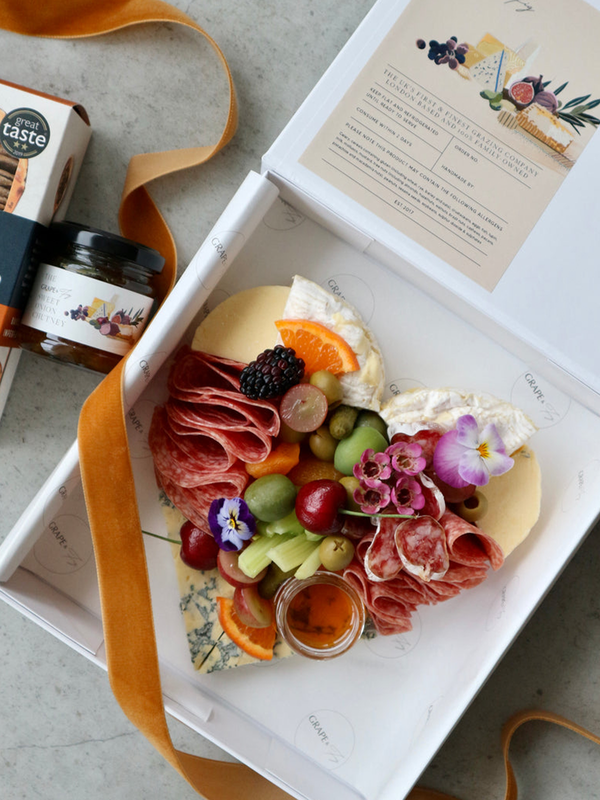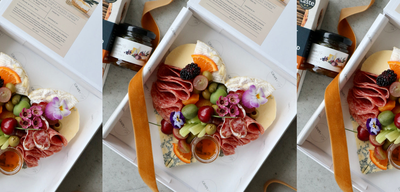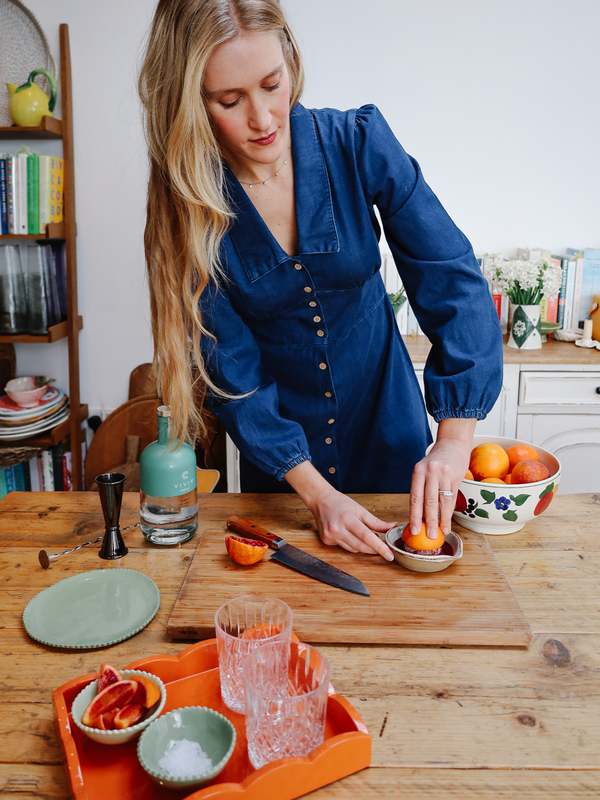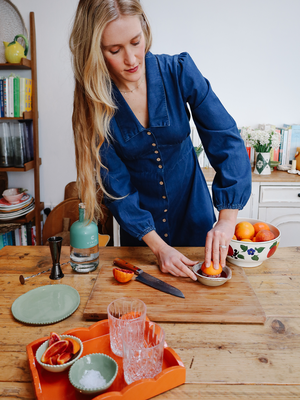
Why Everyone Should Think About Taking A Self-Defence Class
What is self-defence?
Self-defence isn’t a singular method or class. It covers a host of techniques and skills you can learn to protect yourself against a physical attack. When it comes to classes, there are two distinct options: an intensive day-long course such as Krav Maga; or you can make boxing or martial arts such as karate or Brazilian jiu jitsu a regular part of your fitness regime.
First up, what is Krav Maga?
Krav Maga isn’t an ancient martial art but a modern method of self-defence against armed and unarmed attackers. Many people choose a short course – often just a day – that teaches not just how to fight but how to read a potentially dangerous situation and techniques to de-escalate it verbally. John Aldcroft, Chief Instructor at the British Academy of Krav Maga, recommends regular self-defence practice, though. “It is a common misconception that one short course will turn you into an invincible ninja and that is all you need to do to guarantee your safety. It will help but regular practice or refresher training is key to embed the techniques and theory going forward.”
Does boxing work as self-defence?
Box Clever Sports Founder Pete Liggins explains: “Traditional boxing coaching shows how to box using the correct technique movement, as well as incorporating the athletic development and conditioning aspects. I think everyone should learn and have the right to defend themselves not only in case of an attack but more so for self-belief and confidence. I often have male and female clients tell me they are much more confident within themselves having been taught how to throw and block a punch correctly.”
What’s more important, physical or mental strength?
“A good boxer or fighter is someone who has all of the key athletic elements – agility, speed, flexibility, explosive strength and conditioning,” says Pete. “A level head is a must: nine times out of 10, when a fighter loses his or her cool, the fight is lost at that moment. It’s paramount to be cool under pressure, to expose a chink in your opponent’s armour but to also have what is known as the ‘killer instinct’ – to take your opponent out as soon as the opportunity becomes available.”
Krav Maga courses are designed for every fitness level. Although you’ll have fitness drills, the rest of the day or days will cover conflict avoidance, and verbal and awareness techniques, as well as how to strike and kick, and defences against chokes, weapons, ground fighting and multiple assailants.
John’s Top Three Self-Defence Tips
-
Trust your instinct and female intuition about a situation. If it doesn’t feel right, don’t be embarrassed to exit at the first opportunity.
- Let them know that you know what’s happening. Most predators or attackers rely on ambush techniques and surprise to gain advantage prior to an attack. If they see you’re aware, this may be dissuasive enough for them to deselect you as a potential target.
- Find a personal safety app that you like. There are numerous options out there with features such as GPS, SMS, video, alerts, alarms and more. These apps allow the user to alert bystanders, close friends and family to their situation.
John Aldcroft is the Chief Instructor at the British Academy of Krav Maga, Pete Liggins is Founder and Instructor at Box Clever Sports
DISCLAIMER: We endeavour to always credit the correct original source of every image we use. If you think a credit may be incorrect, please contact us at info@sheerluxe.com.
